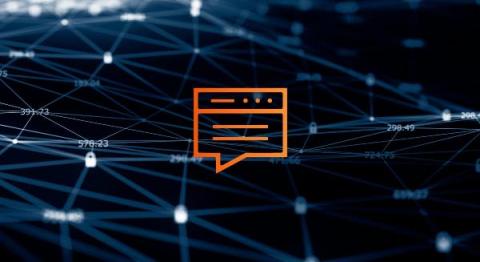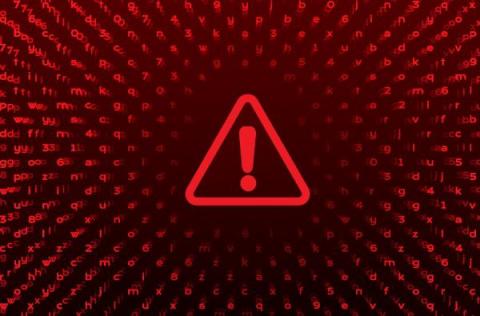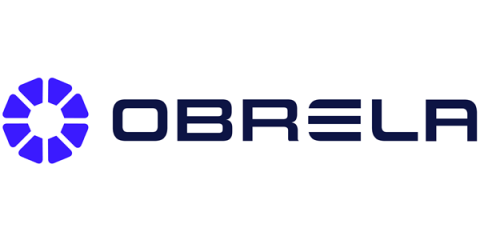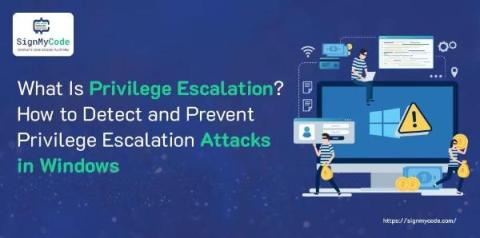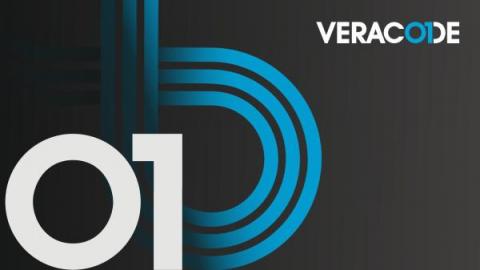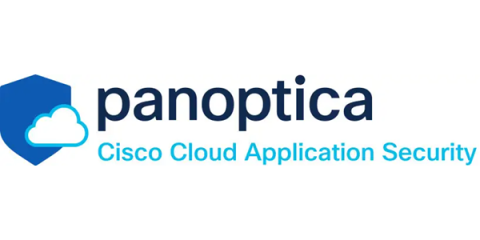Understanding Multi-Factor Authentication
When 23andMe, the popular genetic data gathering and sharing organization, was breached in November of 2023, the threat actors responsible gained initial access by launching a credential stuffing attack. The attack, which involved hackers using credential stuffing, or entering known passwords and emails to see if a combination would work, only succeeded due to a lack of multi-factor authentication (MFA) in place in the compromised account.


